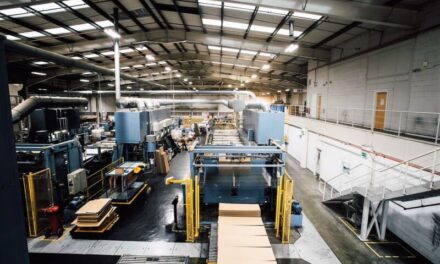Ministers and officials of many of the key nations involved in the rapidly developing South-South Cooperation on Climate Change (SSCCC) met yesterday during the COP21 Climate Change talks in Paris to discuss the next steps in putting effective implementation of climate change programmes into action by working together across the Global South. The SSCCC Forum achieved a wide-ranging consensus on the way forward, according to INTASAVE, one of the key sponsors and participants of the event.

The INTASAVE-CARIBSAVE Group (INTASAVE), through its extensive work in energy, adaptation and in advising Governments and agencies in many regions of the world on climate risk, has been a keen promoter and key adviser to interested Governments and organisations on South-South Cooperation for climate change. Commenting on the outcomes of the SSCCC Forum in Paris, Dr Rebecca Nadin, Regional Director, INTASAVE Asia-Pacific, said: “South-South Cooperation has the potential to achieve real breakthroughs in implementation of tangible climate adaptation projects based on peer experience and support.
“We are now looking to next steps, which is about putting these commitments into operation, by working with China to develop new programmes and also by leveraging existing cooperation.”
A major impetus to South-South cooperation has been achieved with the announcement in September 2015 that China will make available 3.1 billion USD to set up a new ‘China South-South Climate Fund’, providing a significant resource to support low carbon and resilient development in the Southern hemisphere. China co-hosted yesterday’s SSCCC Forum in Paris, alongside the United Nations Environment Programme (UNEP), INTASAVE, the WWF and UNFCCC.
The attendance at the ministerial talks and expert panel sessions of many representatives from Global South countries including Mauritania, Nepal, Mongolia, Costa Rica, India and China, as well as facilitators and experts from Switzerland and the United Nations, substantially pushed forward the dialogue on South-South Cooperation.
The consensus of many voices at the Forum reinforced the fact that South-South cooperation provides an effective complement to the established role played by North-South support. The aim is to increase knowledge-sharing and technology transfer on climate solutions and to build the capacity to cope with climate impacts and strengthen financing, both through South-South and North-South cooperation.
The ministerial meeting was followed by round table discussions to explore the mechanics of strengthening and expanding South-South cooperation on climate change, with the aim of moving from political statements to concrete action.
Speaking in the panel on enabling conditions and implementation mechanisms, Dr Murray Simpson, CEO of the INTASAVE-CARIBSAVE Group, said: “South-South Cooperation must be needs-based; that means it must be both demand-driven, as articulated by Southern hemisphere countries and it also must also be matched with a strong evidence base. It requires an innovative approach, but that needs a great deal of courage. We must be brave enough to pursue radical, interesting and innovative South-South Cooperation and implementation programmes.”
INTASAVE welcomes the substantial progress that the SSCCC Forum made in Paris in taking forward discussion on the aims of South-South cooperation on climate change, identifying effective ways to potentially channel the South-South Cooperation Fund (SSCF) resources and promoting cooperation among developing countries in the field of climate change adaptation.
Dr Murray Simpson said: “It will be critically important that future steps include the continuation of the comprehensive needs assessments of recipient countries and exploring further recommendations for Technical Areas of Focus for South-South exchange.”
Future steps will require a realistic approach, according to Dr Rebecca Nadin: “The challenge now is to set realistic goals based on expert knowledge-sharing and assessment and a programme of action that will deliver results in a wide range of areas, from improved meteorological observation and the development of climate-resilient infrastructures to projects in energy and water, agriculture, tourism, health and education that make a real difference to people’s lives.”




